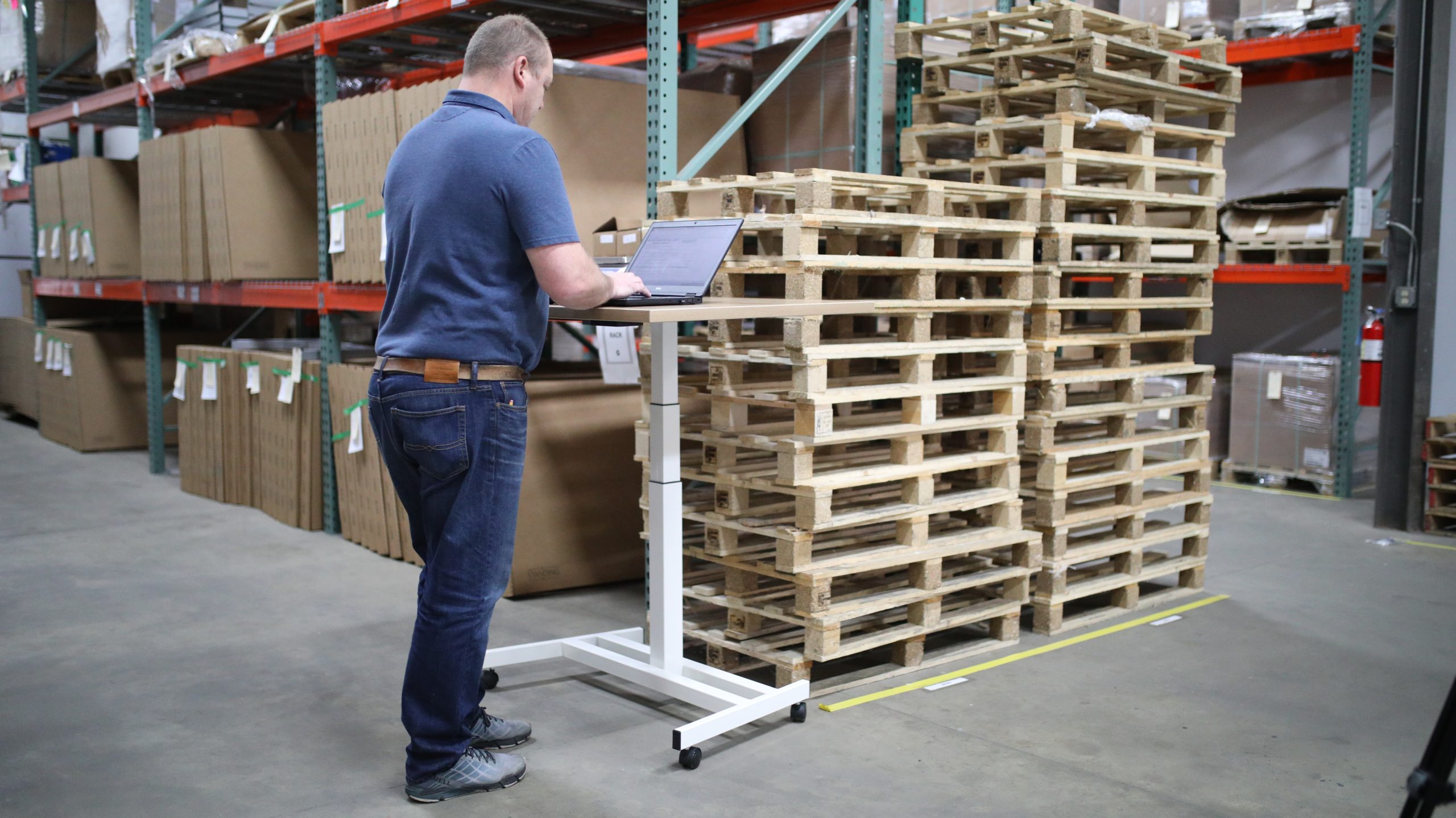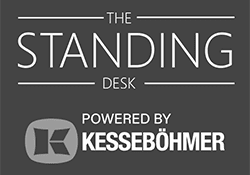In the ever-evolving landscape of contemporary education, the traditional classroom is no longer confined to the rigid norms of yesteryears. It’s a world in flux, adapting and transforming to meet the diverse needs of today’s students. Among the most fascinating and progressive innovations in this educational renaissance is the standing desk.
But what exactly sets the standing desk apart from its conventional counterparts? Why is it gaining such momentum in educational circles, from elementary schools to universities? How can using a standing desk improve study for students, your children, who are the future architects of our society?
The standing desk is not merely a trend; it’s a thoughtful response to the growing understanding of how physical posture affects mental performance and overall well-being. By promoting an upright stance, these desks stimulate alertness, foster engagement, and create a dynamic learning environment tailored to the modern student.
Benefits of Standing Desks for Students
Enhancing Focus and Concentration
Standing desks are not merely a trend; they are a response to the growing understanding of how posture affects concentration and mental agility. By promoting an upright stance, these desks stimulate alertness and engagement, fostering a more dynamic learning environment.
This connection between standing desks and improved focus is not just theoretical; it’s supported by scientific research. A study conducted by Dr. Ranjana Mehta at Texas A&M University explored the effects of standing desks on cognitive function. The research found that standing desk users experienced less discomfort and showed increased engagement and arousal compared to those using traditional sitting desks.
In the context of students, this finding is particularly relevant. The classroom is a place where focus and concentration are paramount, and even slight enhancements in these areas can lead to significant improvements in learning outcomes. Standing desks, by encouraging a more active and alert posture, can play a vital role in achieving this goal.
Educators and parents seeking to create an optimal learning environment should consider the standing desk as more than a piece of furniture. It’s a tool that aligns with modern educational principles, recognizing the importance of physical posture in cognitive performance. By embracing standing desks, we are taking a scientifically backed step towards a more engaged and successful educational experience, one that resonates with the unique needs and potentials of today’s students.
Health Advantages
Beyond enhancing mental acuity, standing desks present tangible health benefits that are particularly pertinent to students. These benefits are not merely anecdotal; they are supported by scientific research, focusing on the unique needs and challenges faced by students in modern educational environments.
Standing desks encourage movement and foster a more active lifestyle, even within the confines of a classroom or study room. This is vital in an age where sedentary behavior is increasingly linked to health issues.
A significant advantage of standing desks is the alleviation of strain on the back and neck. Traditional sitting desks often lead to poor posture, especially in students who spend long hours studying. Standing desks promote a more natural alignment of the spine, reducing the risk of developing chronic pain in these areas.
In a study conducted by researchers at the University of Louisville found that the introduction of standing desks in classrooms led to a noticeable reduction in the time spent sitting. This reduction was associated with improvements in executive function and working memory capabilities, highlighting the intricate connection between physical posture and cognitive performance.
Furthermore, standing desks can contribute to weight management. The act of standing burns more calories than sitting, a subtle but meaningful difference that can aid in maintaining a healthy weight. This is particularly relevant for students, fostering a positive approach to overall well-being that extends beyond mere academic achievement.
These health factors combine to create a more vibrant and energetic student, ready to tackle academic challenges with renewed vigor. The standing desk is more than a piece of furniture; it’s a scientifically endorsed tool that recognizes the holistic needs of the student.
In embracing the standing desk, parents and educators are investing in a multifaceted approach to education, one that acknowledges the importance of physical health in academic success. It’s a forward-thinking step, aligning with contemporary research and paving the way for a healthier, more engaged generation of learners.
Implementing Standing Desks in Study Environments
Choosing the Right Desk
Selecting the appropriate standing desk requires careful consideration of factors such as height, design, and functionality. This guide offers valuable insights into making the right choice.
Transitioning from Sitting to Standing
The shift from sitting to standing is more than physical; it’s a change in mindset. Gradual adaptation, guided by ergonomic principles, ensures a smooth transition. Educators and students alike must embrace this new way of learning, recognizing its potential to enhance academic performance.
Balancing Time
While standing has its merits, balance is key. The concept of using a standing desk doesn’t advocate for abandoning sitting altogether. Rather, it emphasizes the importance of integrating periods of sitting and standing to foster a harmonious study routine.
The human body is designed for movement, and the static nature of either prolonged sitting or standing can lead to discomfort and health issues. By alternating between these two postures, students can prevent fatigue, enhance circulation, and create a more dynamic and engaging study environment.









